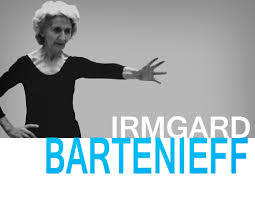It has been widely acknowledged that media has an increasing importance in how we relate and communicate to each other, yet it was only while talking about it in class that there was a full realisation of just how much of an impact media has. A recent figure revealed that a staggering 95 per cent of thought process is now dictated by media, and there has never been one singular source of so much information in human history. So I’ve decided to find out some of the facts.
- The average American child spends more time watching television than pursuing any other activity, except sleeping (American Academy of Pediatrics, 2001)
- Companies market computer software for children as young as 18 months of age. Four of the ten best-selling CD-ROM titles are intended for children beginning at age 3. In one study, among parents with children under the age of 6 who had home computers, 62 percent had purchased software for their children to use (Trotter, 1996).
- By the time the average child has completed elementary school, he or she has seen more than 100,000 acts of violence on TV; including 8,000 murders (Center for Media Education, 2001).
- During prime-time television viewing, children see about 5 violent acts per hour. For Saturday morning children’s programs, the average is actually much higher—about 26 violent acts per hour (Center for Media Education, 2001).
- By the time a young person is 17 years old, they have received over 250,000 commercial messages through the media.
- 69% of girls in one study said that magazine models influence their idea of a perfect body shape
- A 1997 advertising study showed that white women in roughly 62% of ads were “scantily clad,” in bikinis, underwear, etc, while the same was true for 53% of black women. For men, the figure was 25%. Women were also represented in stances of powerlessness more often, and black women were likely to be featured in animal prints, and in predatory poses.
Both as a theatre practioner and as a woman, figure like these continually scare me, and facts such as these seem to keep coming. Last year represented the fewest number femal roles in mainstream film. Ever. It would be my opinion that when movies from the 40’s and 50s contain more women roles, and display more accurate representations of women, we as a society are moving in the wrong direction. More and more I have come to realise that women’s roles are not as diverse as I previously thought, and it is becoming more likely that I’ll have to create roles for myself, because they simply aren’t there. It seems to me that there is a gross misrepresentation of women in particular, and when this representation shapes the way society views a certain group of people, it becomes problematic. Media also has much to answer for the increasing issues in men’s mental health. Studies are finding more and more that a culture of hyper-masculinity has been formed through extreme violence and exaggerated male stereotypes. To quote the documentary miss representation, can we have a truly democratic society, when we are encouraged to view a groups of people in such submissive and dominant ways?








